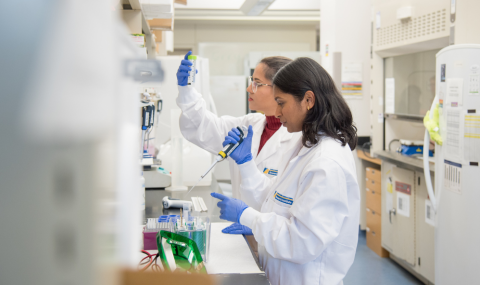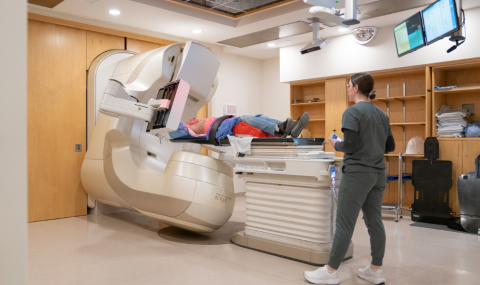Location:
Please call the number below for information.
Contact:
Telephone: 519-685-8297
Contents
Our Service
The Paediatric Respiratory Care team at Children’s Hospital consists of highly trained therapists working closely with physicians, nurses, and other specialists to provide the highest level of care to patients and their families.
Respiratory Therapists (RTs) at Children’s Hospital have expertise in the assessment and management of respiratory (or breathing) problems. They use a variety of techniques and equipment to treat children with heart and lung problems.
What to Expect
Respiratory Therapists (RTs) work at the hospital to help when you're having problems breathing. We are here to help you.
The role of the RT is to help with breathing through a variety of therapies, including:
- Oxygen delivery using a clear mask
- Delivery of medication in the form of a mist (aerosolized): examples of aerosolized medications include, ventolin, atrovent, steroids, epinephrine, or cool water
- Medication can also be delivered using Metered Dose Inhalers (MDIs) for drugs such as ventolin, atrovent, and steroids
- Management of asthma: a child experiencing an asthma attack may be seen by the RT over a few hours. RT will assess your child, provide medication prescribed by the physician, and repeat treatments as necessary
- In cases where a child experiences severe respiratory distress, their breathing may have to be assisted using a ventilator. A ventilator is a machine that moves air into and out of the child's lungs in order to get oxygen into the body. Time spent on the ventilator may range from a few to several days
- The RT will also provide teaching to the patient and family regarding the nature of the child's breathing problems. They also provide advice on how to manage the problem on a daily basis if the disorder is chronic (i.e. asthma). Teaching is also provided on the proper use of medication devices. This is important because some research data indicates that approximately 50% of the population does not use their devices properly



